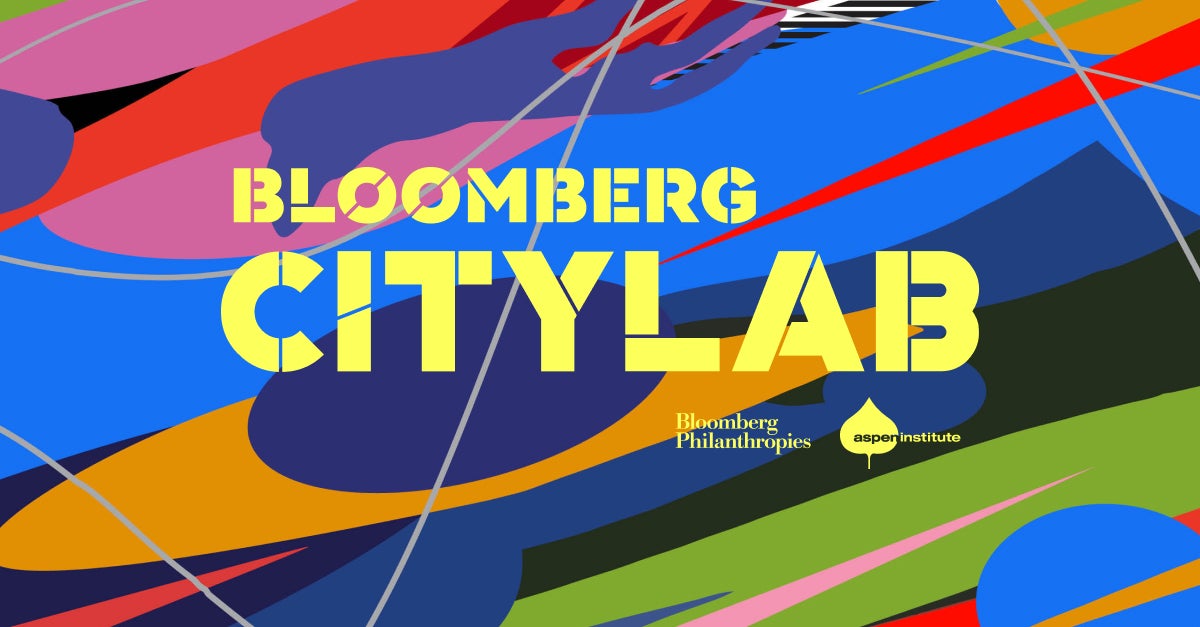What we’re working on and talking about:
“Broadband may be as important to New York City in the 21st Century as the subway or electricity was in the 20th Century,” according to NYC’s internet master plan. The analogies and convergences between physical and digital infrastructure and access points are fascinating. For example, see this analysis of libraries as “smart city” access hubs, with resonant challenges around privacy.
Why tech entrepreneurs need to read the local paper (and other ways they can get smarter about their cities), by the awesome Molly Turner.
Three core principles for urban tech: inclusive innovation, local regulatory innovation, and data governance. Here’s our take on why regulatory innovation is important and what it might look like.
Only a couple more weeks left to apply for the Aspen Tech Policy Hub’s three-month paid fellowship program! The Hub is accepting applications through February 13.
The Code for America 2020 Summit will be held in Washington, D.C, for the first time: March 11-13, 2020! The slate of sessions includes Census 2020, mobility data, and burnout in public service. You can still get tickets here, with a 10% discount.
In February, I’ll be in King Co. Washington, for the fourth of seven Failure Foundries, with my collaborators from Centre for Public Impact. We’re learning so much about the opportunities for innovation in all parts of local government, from criminal justice, to public health, to transportation. We’ll be sharing more at a big event in late May.
What we’re thinking about:
In our first newsletter of 2019, I asked, “How do you measure the impact of a conversation?” The Center for Urban Innovation’s most direct tool for impact are small, off-the-record, multi-day roundtable discussions that connect people working on shared problems. Post-covening surveys—which are imperfect because the most satisfied people are most likely to respond—tell us that participants find value in what we do. When we invite past roundtable participants to another discussion, they frequently say yes, or recommend a colleague to come in their place. People are willing to give us the one thing they can never get back, which is their (or their organization’s) time.
But it’s hard for us to know how people act on what they’ve learned and created and the connections they’ve made at our convenings. And the small size and high intensity of these convenings make them hard to scale. By contrast, we can easily measure and scale how many people we reach in low-intensity ways, but it’s even harder to discern whether a report or a tweet or a LinkedIn post has changed anyone’s behavior. We measure what we can, knowing that we might not be measuring the most important things. And, conversely, the most important impacts we have might elude measurement.
If you have ideas about how to measure the impact of connections, relationships, or idea generation, or have a story of change or impact that resulted from a CUI convening, even indirectly, please do by reply email!
Here’s the progress we made, based on what we can easily measure, from 2018 to 2019.
- We increased the number of roundtables and participants, going from 86 participants in 3 roundtables in 2018 to 126 participants in 5 roundtables in 2019. After our Shared Prosperity Partnership roundtables, we followed up with participant interviews, and learned where we fell short in connecting people and creating a great environment for learning, and where we succeeded. In 2020, we’re adding different formats, such as the Failure Foundries, to our offerings.
- We held steady on the number of big events on Aspen Institute stages, with four in both 2018 and 2019, and approximately the same number of speakers, but we increased our video reach, going from 870 to 1169 views.
- Our products included one report collaboration, one blog post, one survey (the report will come out in March), and 10 newsletters. That’s a smaller number of total products than in 2018, when we had 28 blog posts for our Listening to Inclusive Innovators series. But you, dear newsletter readers, really like us. Our open rate is 51% higher than the non-profit industry average. We also increased our Twitter following by 46%, adding almost 400 new followers.
- Our staff size remained the same, at two. But we extended our reach through great collaborations with Centre for Public Impact and the Shared Prosperity Partnership, which gave us more opportunities to talk and learn about equity in procurement, how cities can best approach technology, and the hard day-to-day work of creating a more equitable economy. And, now that we have joined forces with other Aspen Institute programs injecting values into the discussions of our shared digital future, we have 13 new teammates in four cities across the U.S.
Thanks for your support—and especially for opening the newsletter! We look forward to rewarding your interest in our work and learning together for the rest of the year.
All best,
Jennifer & Beth
Jennifer Bradley
Director, Center for Urban Innovation
Jennifer.Bradley@aspeninstitute.org
Interesting in receiving the Center for Urban Innovation’s monthly newsletter? Subscribe here.
Past newsletters can be viewed here.

